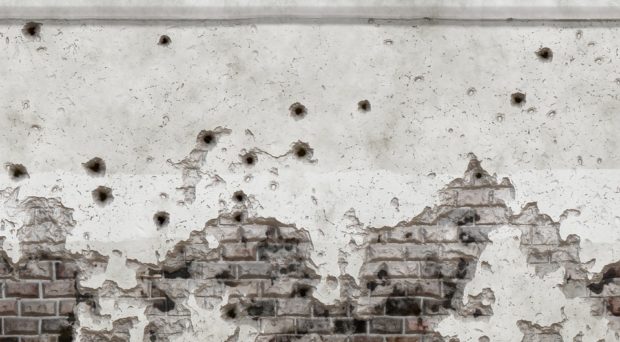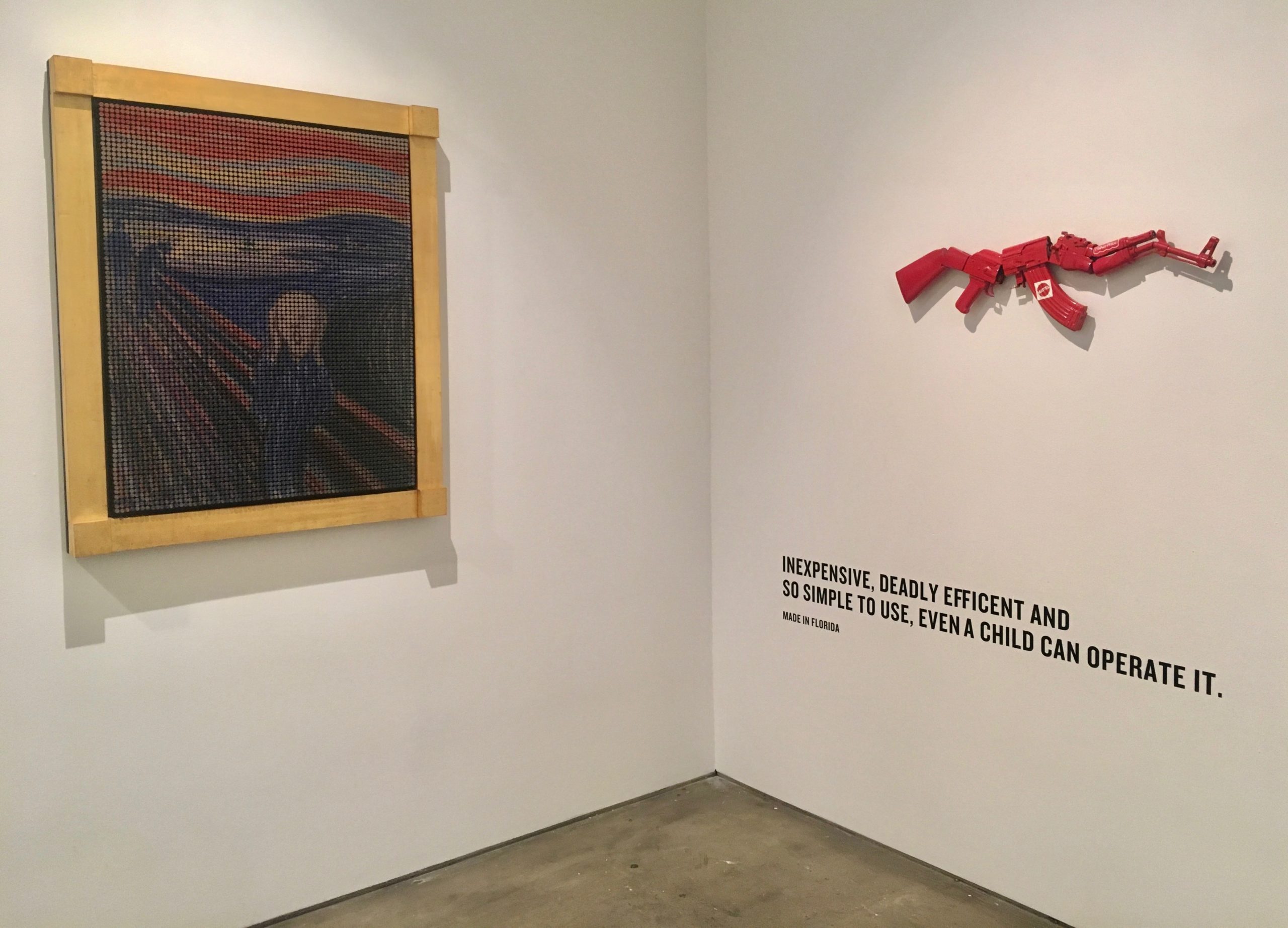
(This post continues from the first part that is available here).
Point 4: Federal funding for gun research does not mean that the NRA is on the ropes
The budget has been called a “defeat” for the NRA, and a sign that “the financially troubled gun group is no longer invincible inside the Beltway.
But despite recent troubles and financial woes, the gun lobby remains remarkably influential. That’s in large part because much of the NRA’s most important work has already been done. In 2016, the NRA spent more than $30 million on behalf of the Trump campaign.
After the election, Trump in-turn appointed a steady stream of Second-Amendment focused conservative judges to lifetime appointments on the nation’s highest courts. The NRA hailed Trump’s Supreme Court picks, Gorsuch and Kavanaugh, for their pro-gun stances. Many of the 48 Trump appointees to federal courts of appeal support similar views.
These courts will likely have a far more transformative effect on American gun policy that will public health research, because they will set standards that will last for generations.
As Ian Millhiser of Vox rightly puts it, “There is simply no recent precedent for one president having such a transformative impact on the courts”—including the ability to “eviscerate gun control,” enshrine broad public-carry rights, limit states’ abilities to set their own gun policies, and other actions generally at odds with core foundations of much public health-based gun research.
It seems likely that future firearm research will need to adapt to this new terrain more often than being able to implement broad public-health policies that are not supported by the judiciary.
Point 5: Gun research needs to broaden its focus
Will gun research lead to better policies, or will the NRA and gun-rights politicians and advocates continue to resist even the most basic efforts to promote gun safety? Answering this question depends on whether gun research can implement better strategies for rising rise above political divisions.

Researchers might begin by recognizing the wider contexts that surround guns in America. Again, guns kill nearly forty-thousand people in the United States each year.
Every single death represents an avoidable tragedy.
At the same time, the number of deaths pales in comparison to the estimated 393 million civilian-owned guns. Given that most guns are never fired, it would behoove gun research to study what guns mean in addition to what they do.
As one example of such an approach, our special collection in Palgrave Communications explores the Symbolic Lives of Firearms, or the complex meanings that guns accrue for people and communities.
Our approach, based in the humanities and social sciences, tries to better understand how guns reflect and encapsulate histories about complex matters such as politics, geography, race, gender, or socioeconomics.
This framework aims to expand the gun “problems” that research addresses, and by so doing develop expertise, not just in shortened lifespans and unimaginable suffering caused by firearms, but in America’s polarized inability to come up with solutions. As I write in the introductory essay to the collection,
‘Guns undoubtedly signify a public health crisis. Too many people die and too many communities suffer lasting trauma, and often in patterned ways that public health expertise is designed to address. But scratch the surface, and it becomes increasingly clear that guns signal a social crisis as well’.
All told, the 2020 federal budget represents a potentially watershed moment for gun safety in the United States. But a move toward federally funded gun research represents, not the end of a conversation – but a step toward a new beginning.
Comments